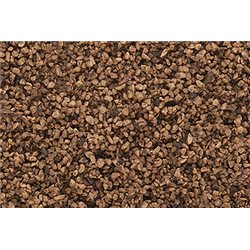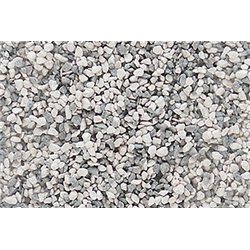Static grass puffer bottles work by manually charging model grass fibres with static electricity. When the charged...
No products
Product successfully added to your shopping cart
There are 0 items in your cart. There is 1 item in your cart.
Search Tips
Is ballast scale or gauge specific?
Ballast is not typically scale or gauge specific, rather it is designed to be used with a specific type of model railway. The scale refers to the ratio of the size of the model railway to the real-life prototype, while the gauge refers to the distance between the rails. In most cases, Ballast can be used with different scales and gauges but it is always important to check the package to ensure that the ballast in question is appropriate for the specific gauge of the model railway.
For example, ballast that is designed for use with N Gauge model railway (1:160) will be much smaller than the ballast that is designed for use with OO scale (1:76.2) and larger than that for Z Gauge (1:220). It is important to note that the size of the ballast will change proportionately with the change in scale.
It is also important to ensure that the ballast you choose is appropriate for the gauge of your model railway. Most manufacturers will offer guidance on the packaging and many will supply ballast that can be used across a variety of different gauges. It is possible to use ballast that is not specifically designed for your gauge, but it may not look as realistic or fit as well as ballast that is specifically designed for your gauge. Ballast is also supplied in a variety of colours, textures and grain sizes to better replicate the different mediums that are used in different regions.
One technique that modellers use is to mix differing ballast mediums. This is not unrealistic as many regions used a variety of materials readily available rather than relying solely on one type. If there is any doubt about specific grain sizes it may be useful to err on the large side. If the grain does turn out to be too big then it can easily be ground down to a smaller size by careful use of a mortar and pestle.
In short, ballast is not generally scale or gauge specific. That said, it is always good to check the packaging of any product as the manufacturer will inevitably make recommendations as to its use.
Click here to receive the tips weekly in your mailbox. You can unsubscribe at any time.










